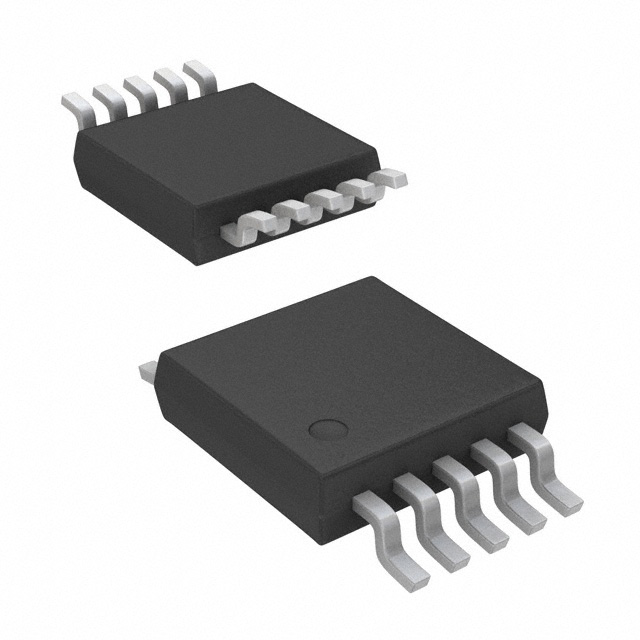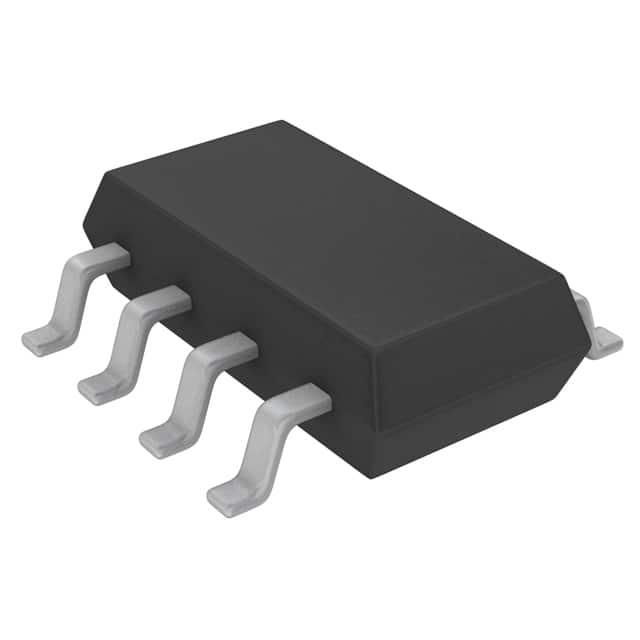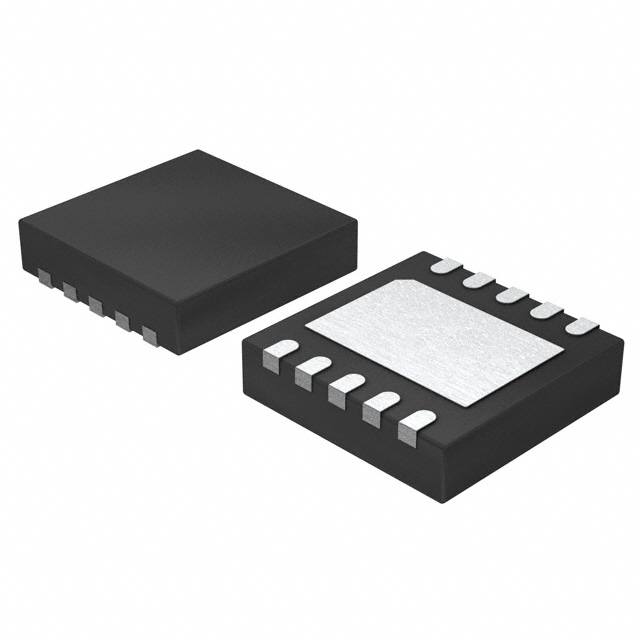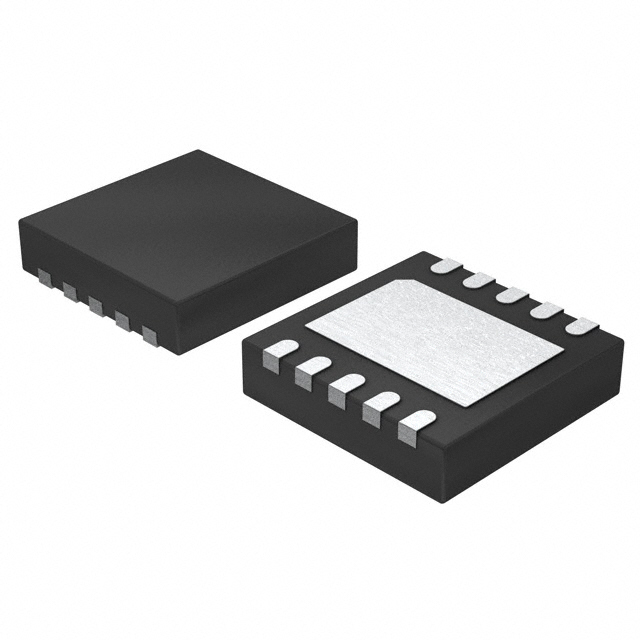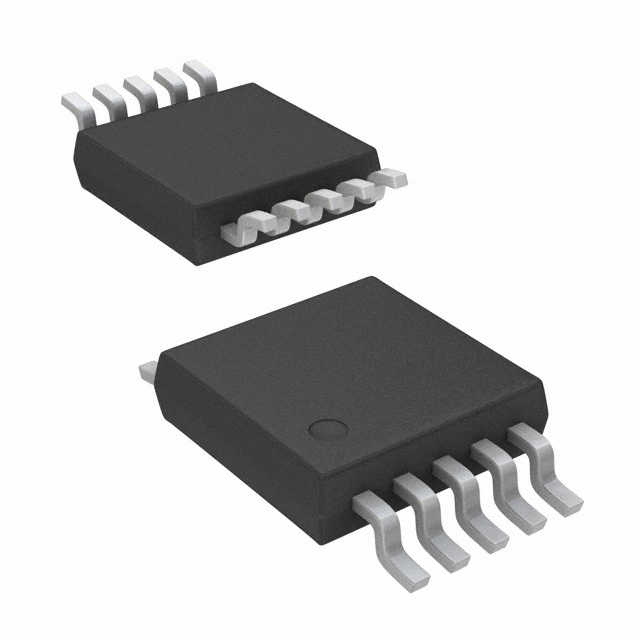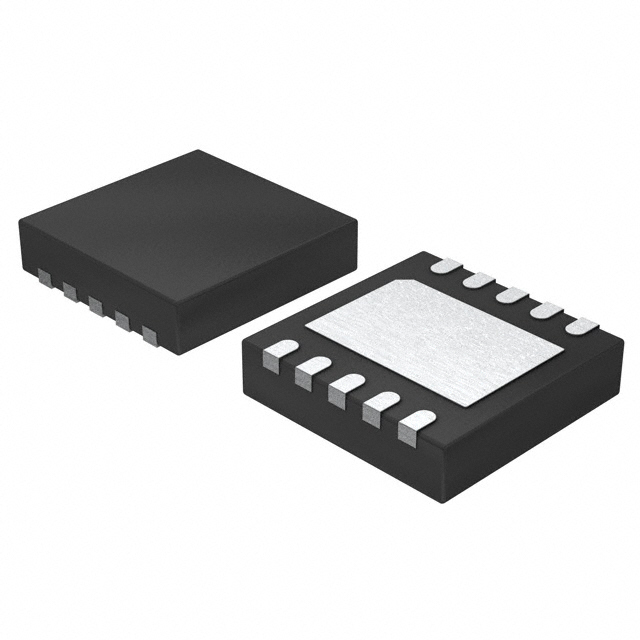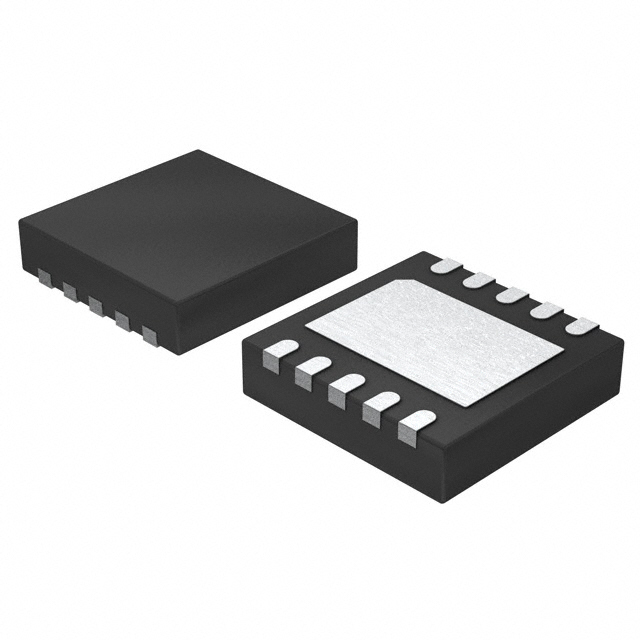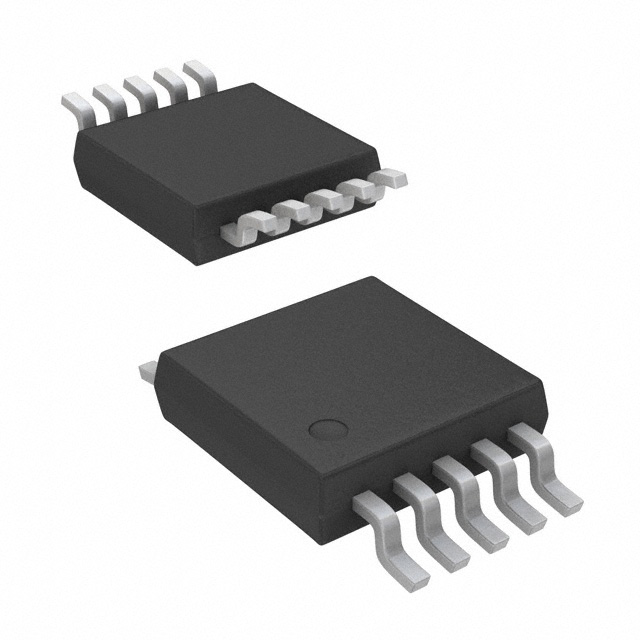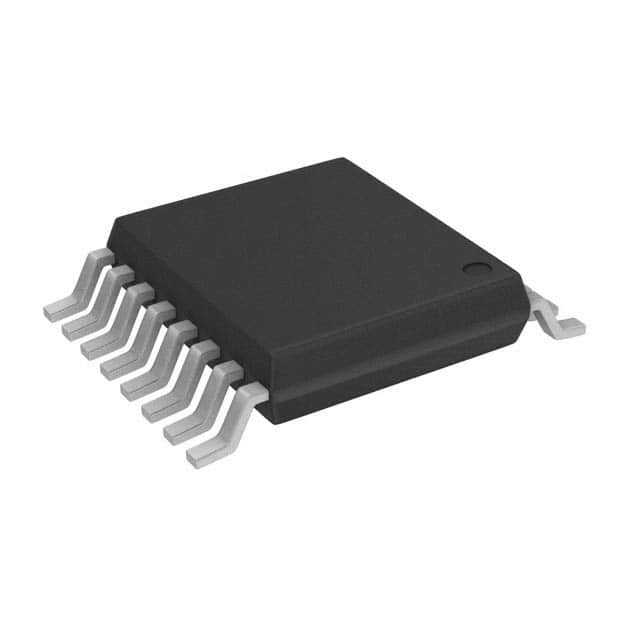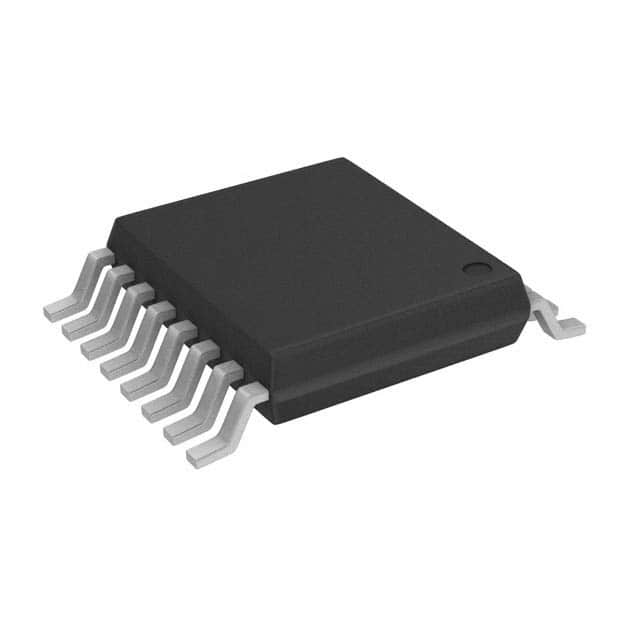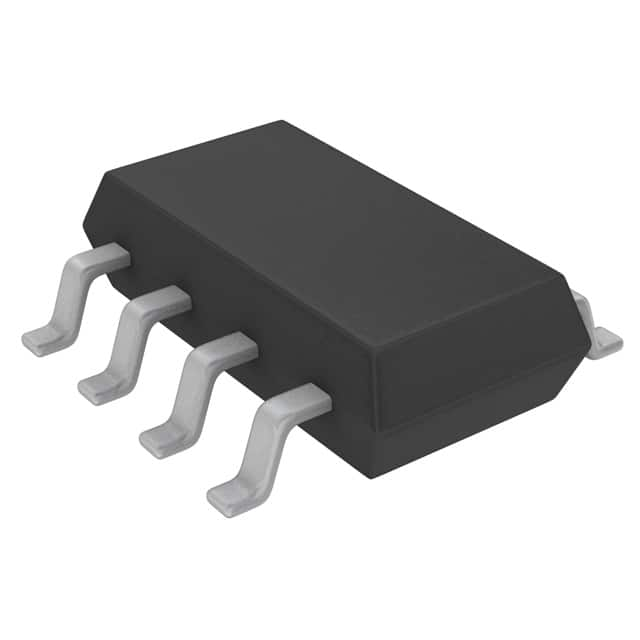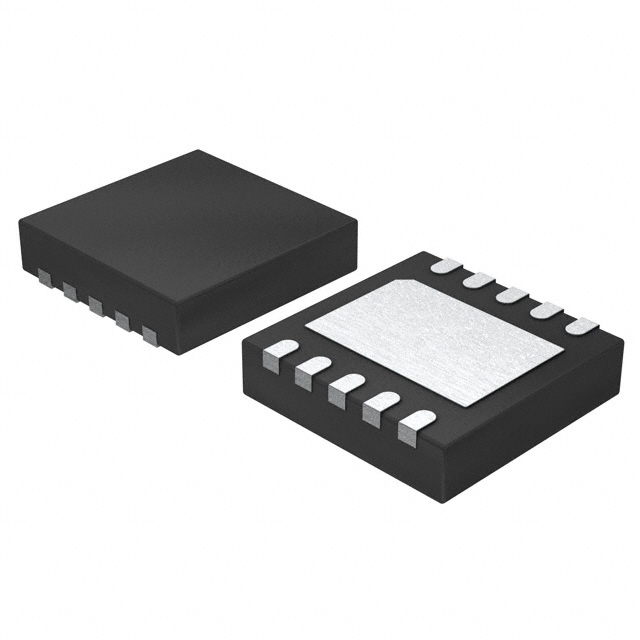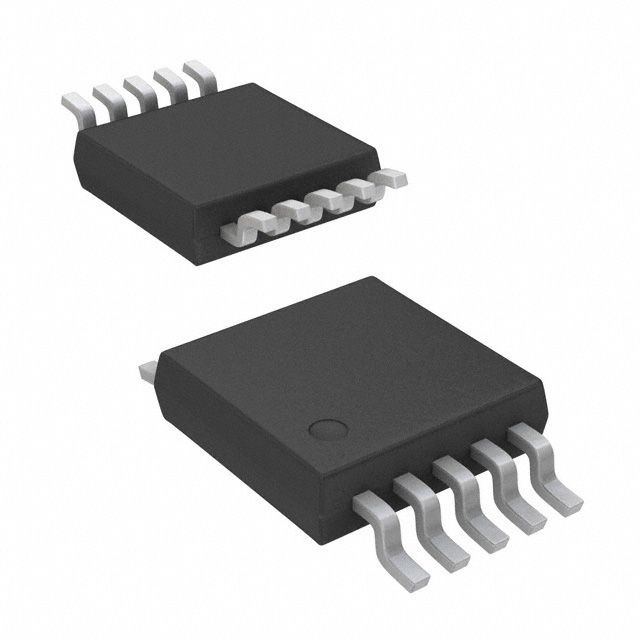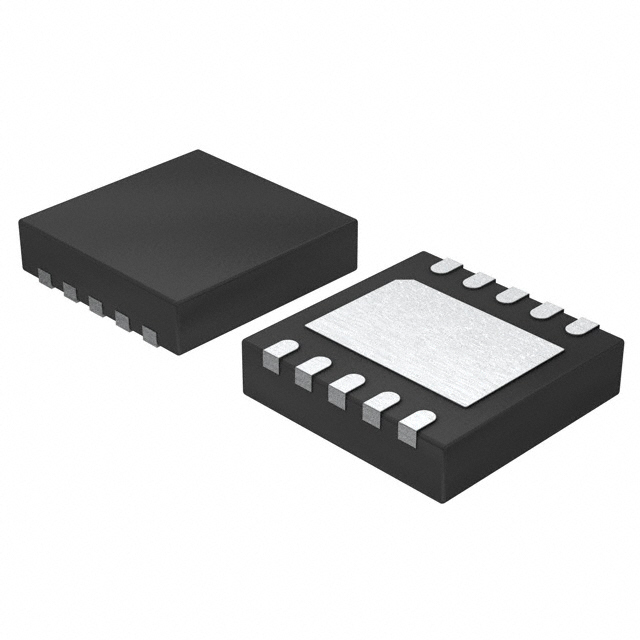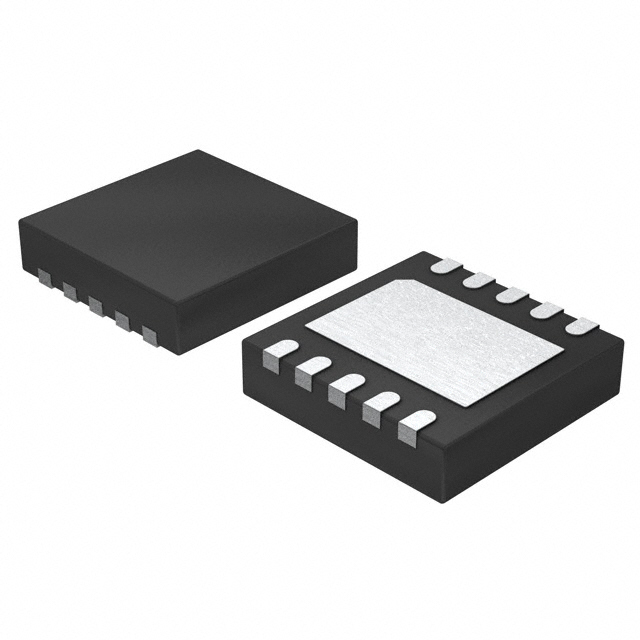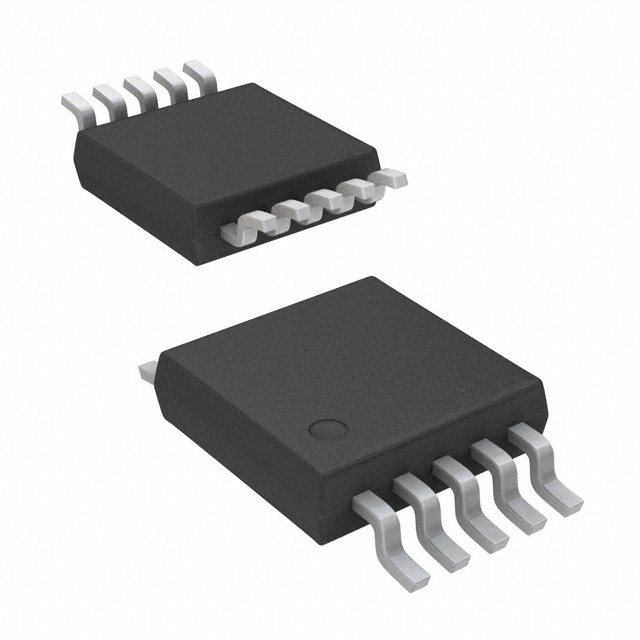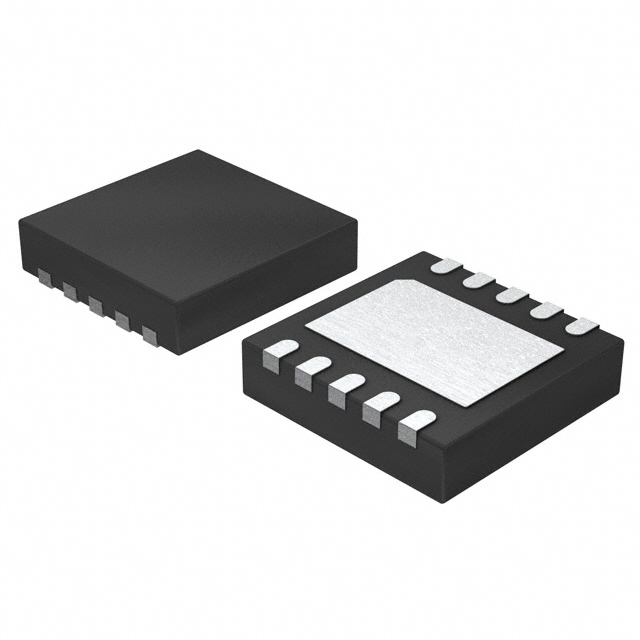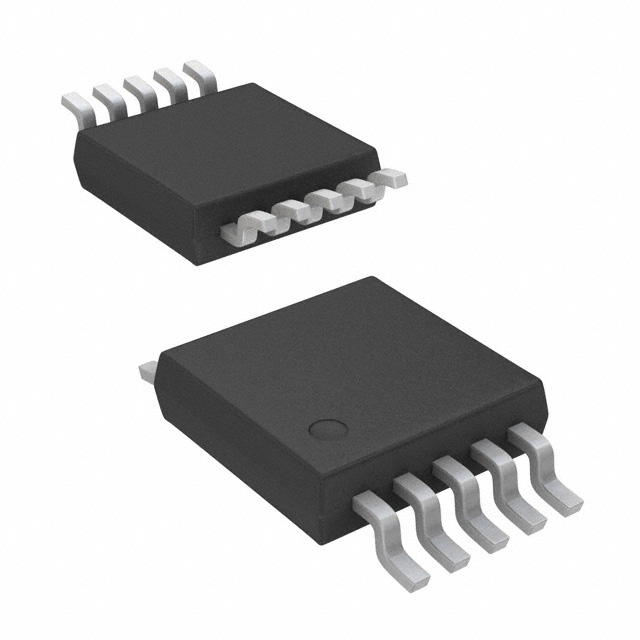MCP33121-10T-E/MS Product Introduction:
Microchip Technology Part Number MCP33121-10T-E/MS(Data Acquisition - Analog to Digital Converters (ADC)), developed and manufactured by Microchip Technology, distributed globally by Jinftry. We distribute various electronic components from world-renowned brands and provide one-stop services, making us a trusted global electronic component distributor.
MCP33121-10T-E/MS is one of the part numbers distributed by Jinftry, and you can learn about its specifications/configurations, package/case, Datasheet, and other information here. Electronic components are affected by supply and demand, and prices fluctuate frequently. If you have a demand, please do not hesitate to send us an RFQ or email us immediately sales@jinftry.com Please inquire about the real-time unit price, Data Code, Lead time, payment terms, and any other information you would like to know. We will do our best to provide you with a quotation and reply as soon as possible.
Introducing the Microchip Technology MCP33121-10T-E/MS, a high-performance 16-bit Analog-to-Digital Converter (ADC) designed to meet the demanding requirements of industrial and automotive applications. With its exceptional accuracy and versatility, this ADC is the perfect solution for a wide range of applications.
The MCP33121-10T-E/MS features a 10Msps (Mega samples per second) sampling rate, allowing for fast and precise data acquisition. Its 16-bit resolution ensures accurate conversion of analog signals into digital data, providing reliable and high-quality results. Additionally, the device offers a low power consumption, making it ideal for battery-powered applications.
This ADC is equipped with a flexible input voltage range, allowing it to handle both single-ended and differential input signals. It also includes an integrated voltage reference, eliminating the need for external components and simplifying the design process. The MCP33121-10T-E/MS supports both parallel and serial interfaces, providing seamless integration with various microcontrollers and processors.
The MCP33121-10T-E/MS is specifically designed for industrial and automotive applications, such as motor control, power monitoring, sensor data acquisition, and battery management systems. Its robust design and wide operating temperature range make it suitable for harsh environments. Whether you are designing a control system, monitoring equipment, or automotive electronics, the MCP33121-10T-E/MS is the perfect choice for accurate and reliable data acquisition.
In summary, the Microchip Technology MCP33121-10T-E/MS is a high-performance 16-bit ADC that offers exceptional accuracy, versatility, and low power consumption. With its wide range of features and applications, this ADC is the ideal solution for industrial and automotive designs.
Analog to digital Converters (ADCs) are electronic devices used to convert continuously varying Analog signals into discrete Digital signals. This process usually includes three steps: sampling, quantization and coding. Sampling means capturing the instantaneous value of an analog signal at a fixed frequency; Quantization approximates these transient values to the nearest discrete level; Finally, the encoding converts the quantized value into binary numeric form.
Application
ADCs(Analog-to-digital Converters) is widely used in a variety of scenarios, such as audio and video recording, measuring instruments, wireless communications, medical devices, and automotive electronics. For example, in audio devices, the ADC is responsible for converting the sound signal captured by the microphone into a digital format for easy storage and transmission.
FAQ about Data Acquisition - Analog to Digital Converters (ADC)
-
1. How to convert analog to digital without ADC?
Analog to digital conversion without ADC can be achieved through PWM circuit. This method is suitable for those main control chips without built-in ADC, which needs to be solved by two GPIOs and an operational amplifier. The basic principle is to use an integral circuit to convert the PWM wave into a smooth DC voltage, and then continuously adjust the PWM duty cycle by comparing it with the voltage to be measured until the output of the comparator changes from 0 to 1, and record the current PWM duty cycle, thereby realizing the measurement of the analog voltage.
-
2.
Why do we need analog-to-digital converters?
The reasons why we need analog-to-digital converters mainly include the following:
Digital system processing: Many computers and electronic devices are digital systems, which are more suitable for processing digital signals. Analog signals are difficult to process in digital systems, and after analog-to-digital conversion, the signals can be represented, stored and processed in digital form.
Noise immunity: Digital signals are more noise-resistant than analog signals. Digital signals can be protected and restored by means such as error correction codes, while analog signals are easily interfered by noise.
Accuracy: Digital signals are more accurate because they can be represented with higher resolution. Analog signals have accuracy limitations, and analog-to-digital conversion can improve the resolution of the signal.
Application scenarios: Analog-to-digital converters are widely used in many fields, including automatic control systems, audio and video processing, sensor interfaces
-
3. When is ADC used?
ADC (Analog-to-Digital Converter) is widely used in a variety of scenarios, including but not limited to:
Sensor interface: For example, temperature sensors, pressure sensors, and light sensors, ADC converts analog voltages into digital signals for the use of digital thermometers, temperature control systems, barometers, air pressure sensing systems, light intensity detection and control systems.
Audio signal processing: In microphones, ADC converts analog audio signals into digital signals for digital audio processing, recording, and playback.
Medical equipment: Such as electrocardiograms (ECGs) and oximeters, ADC converts analog signals of ECG signals and blood oxygen saturation into digital signals for heart health monitoring and diagnosis and blood oxygen level monitoring.
Data acquisition system: In various applications that need to collect data from analog signals, ADC is used to convert analog signals into digital signals for storage, processing, and analysis.
 Lead free / RoHS Compliant
Lead free / RoHS Compliant



